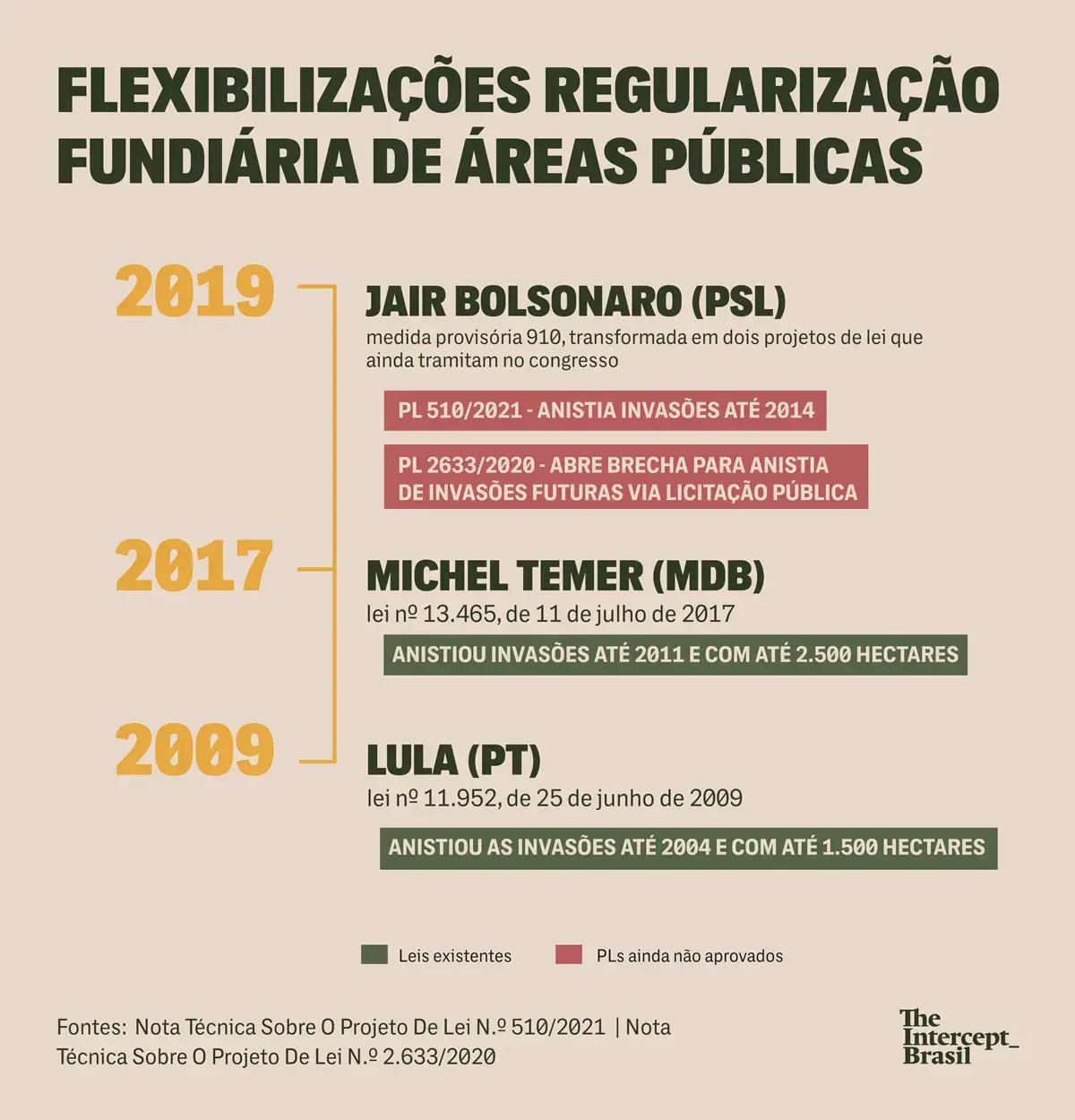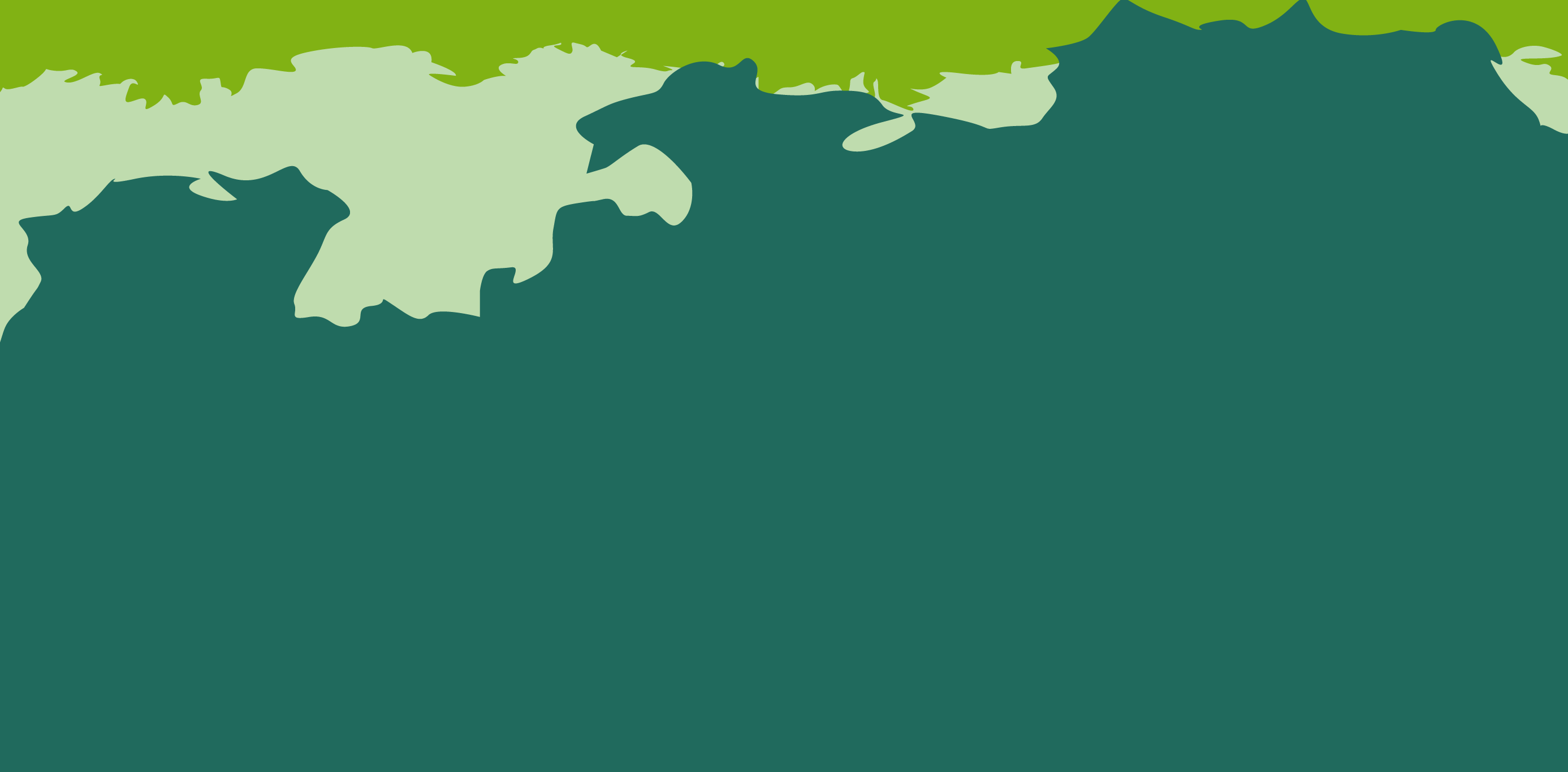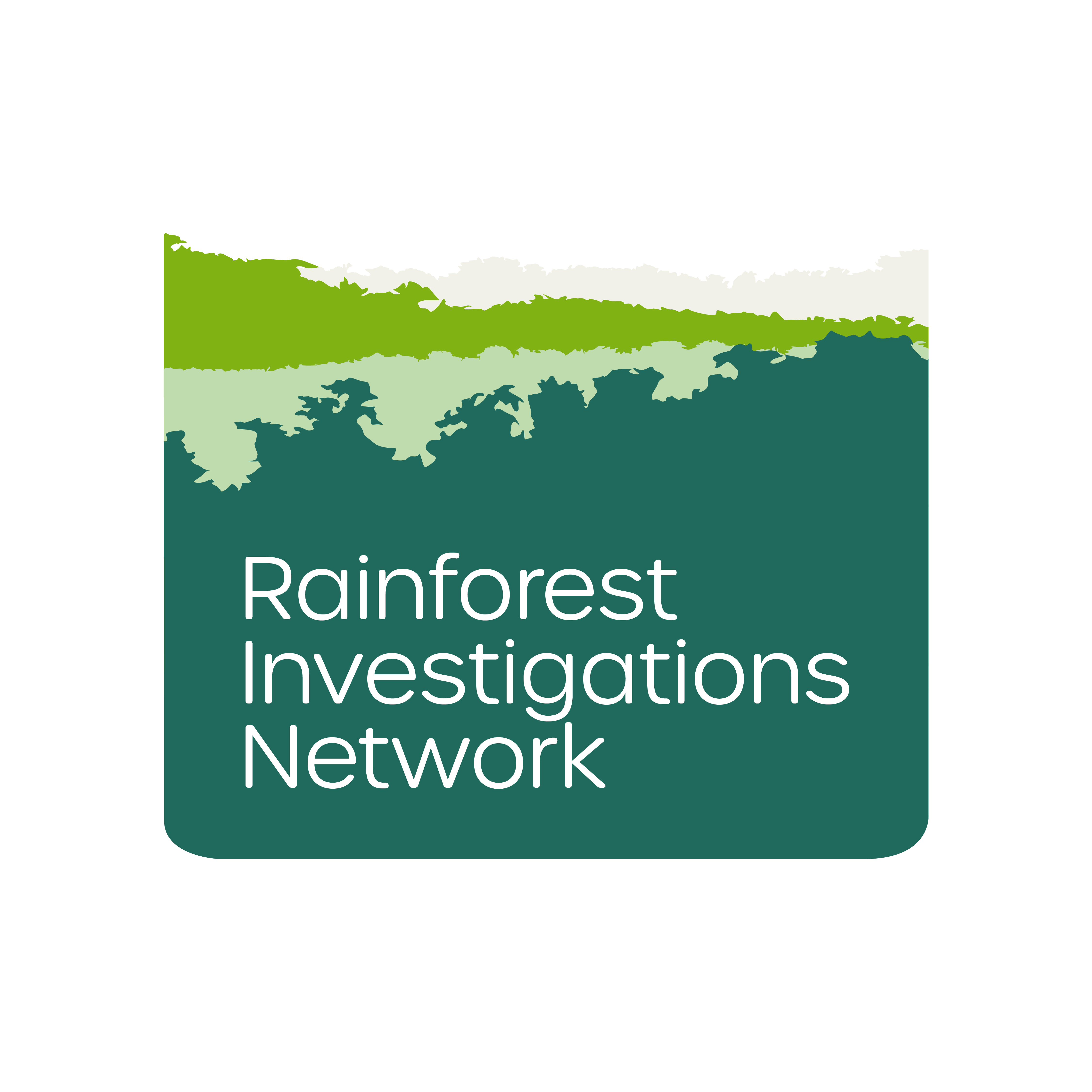This story excerpt was translated from Portuguese. To read the original story in full, visit The Intercept Brasil.
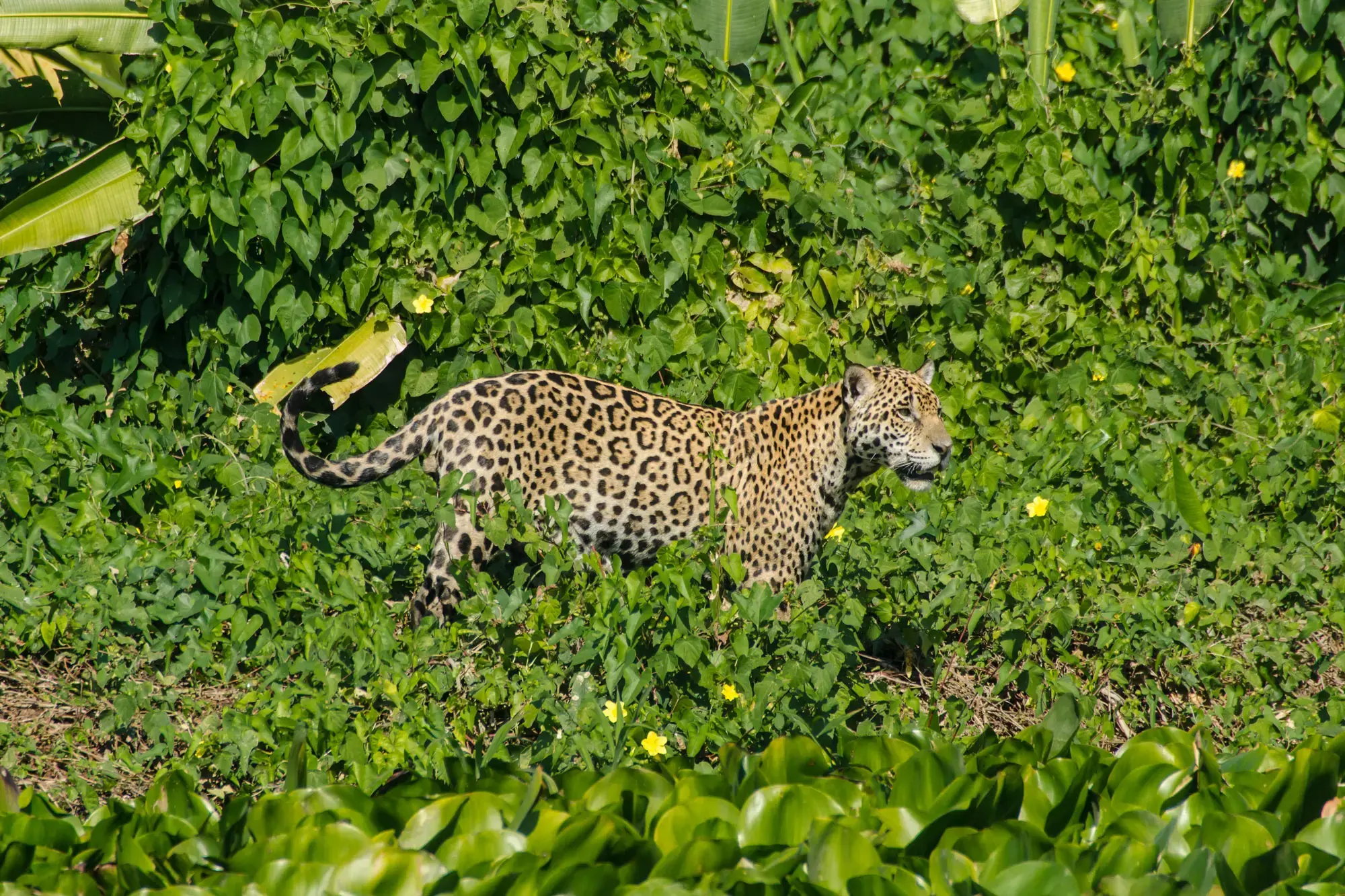
Former President Jair Bolsonaro's Environment Ministry gave up the defense of 8 million hectares in the Amazon, Pantanal and Cerrado
The two jaguars rub their snouts and paws. The game evolves into a fake fight, with friendly nibbles. The scene, which resembles more domestic cats than the giant felines, is so rare that it was included in a scientific article. Normally, jaguars fight for territory. But on Sarare Island, the conditions are so favorable that they even go out together to hunt fish and alligators in the wetlands of the Brazilian Pantanal in the state of Mato Grosso do Sul.
"This indicates that there are excellent living conditions and plenty of food," said Daniel Kantek, an ICMBio employee for 15 years, where he was the head of the Taiamã Ecological Station, neighboring Sarare Island. Together, the island and the station have the highest estimated concentration of jaguars in the world, 12.4 jaguars per 100 square kilometers.
For this reason, for years, ICMBio — the institute of the Ministry of Environment responsible for creating and managing federal conservation units — was studying ways to transform it into a protected area. First, as an extension of the ecological station itself. Later, as a national park that would include other surrounding areas.

As a nonprofit journalism organization, we depend on your support to fund journalism covering underreported issues around the world. Donate any amount today to become a Pulitzer Center Champion and receive exclusive benefits!
For the Jair Bolsonaro government, however, the jaguars' paradise did not deserve to be protected — judging by the Environment Ministry's decision not to transform Sarare Island into a conservation unit.
The decision taken during the administration of former Minister Ricardo Salles, without fanfare and without consulting its own technical staff, covers not only the island, but all the 167 areas of the Union in which the ministry had shown interest in creating protected areas in the Technical Chamber of Allocation and Land Regularization of Rural Federal Public Lands. These areas are in the Amazon, Cerrado and Pantanal and encompass eight Brazilian states, in three regions of the country — Amazonas, Amapá, Pará, Roraima, Rondônia, Tocantins, Maranhão and Mato Grosso.
Plots of Land That the Environment Ministry Gave Up
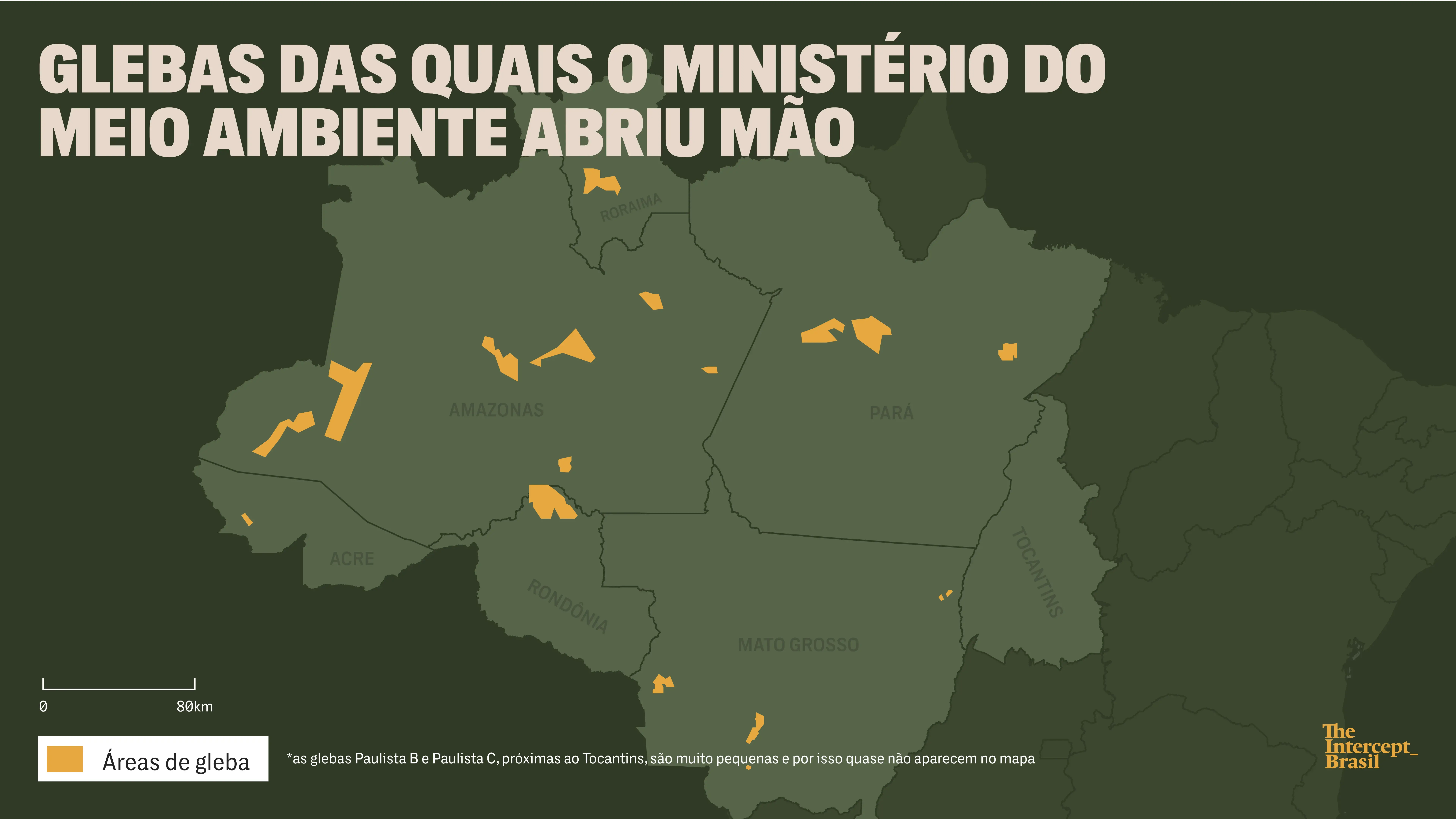
"The representative of the MMA [Ministry of Environment] informed that it has conducted a review work in its areas of interest and declined interest in all areas, with the exception of already approved conservation units," recorded in the minutes of the technical chamber meeting on August 26, 2020.
The ministry not only gave up all the areas with which it had once shown concern, but also communicated to the collegiate, on October 29, 2020, that it "has no interest in acquiring new areas for the creation of conservation units." Incra, the government agency responsible for promoting land reform, did not want to evaluate the possibility of creating settlements in any of the more than one thousand plots of land or pieces of land analyzed by the chamber between April 2020 and July 2022, ignoring the more than 4 thousand families camped out waiting for a piece of land in Rondônia, Roraima, and Pará, according to data from the Landless Workers Movement (MST). The Intercept contacted Incra, which did not respond as of the closing of this report.
Number of Conservation Units Created by Each Government

Flexibilities in Land Regularization of Public Areas
